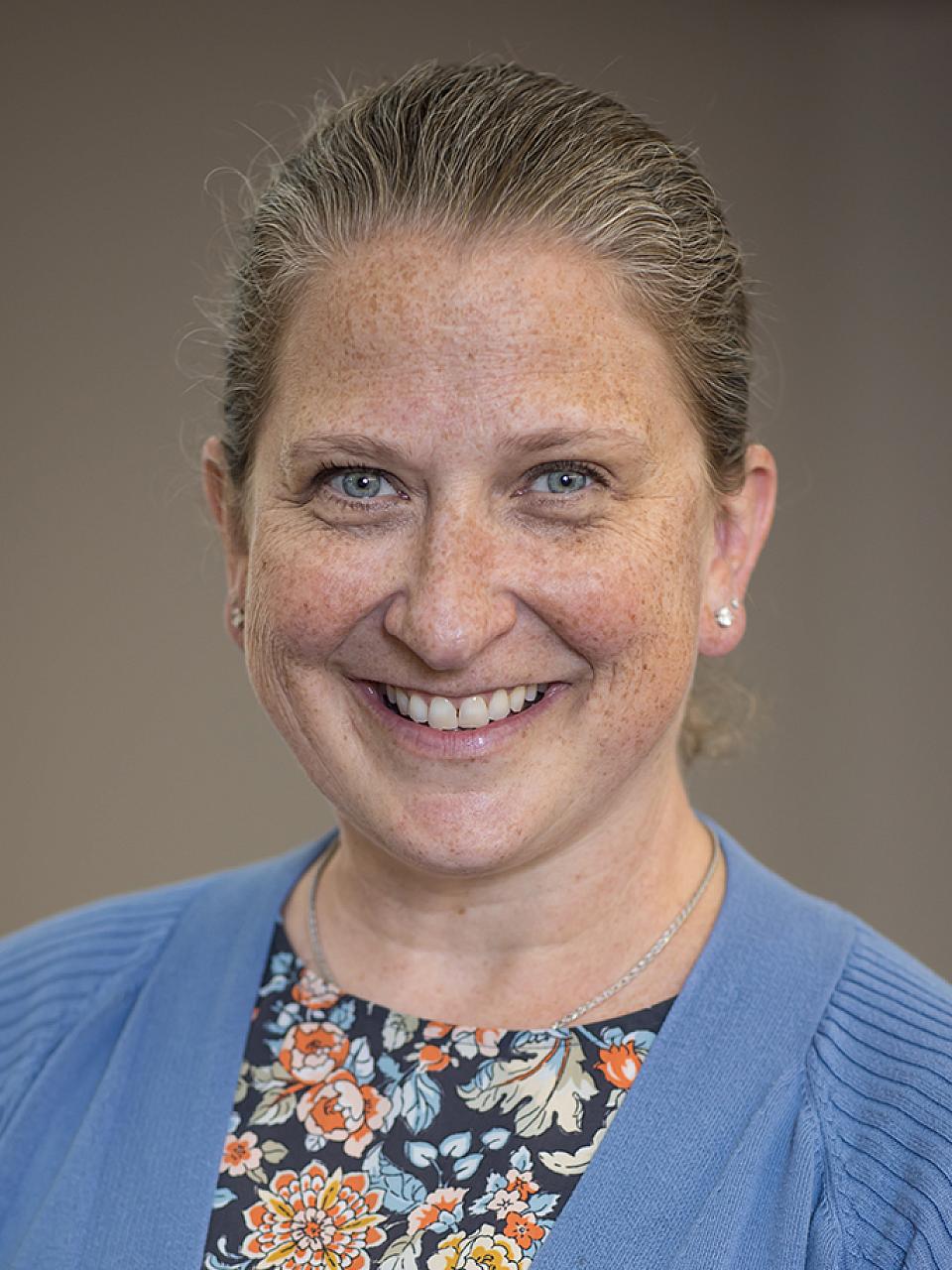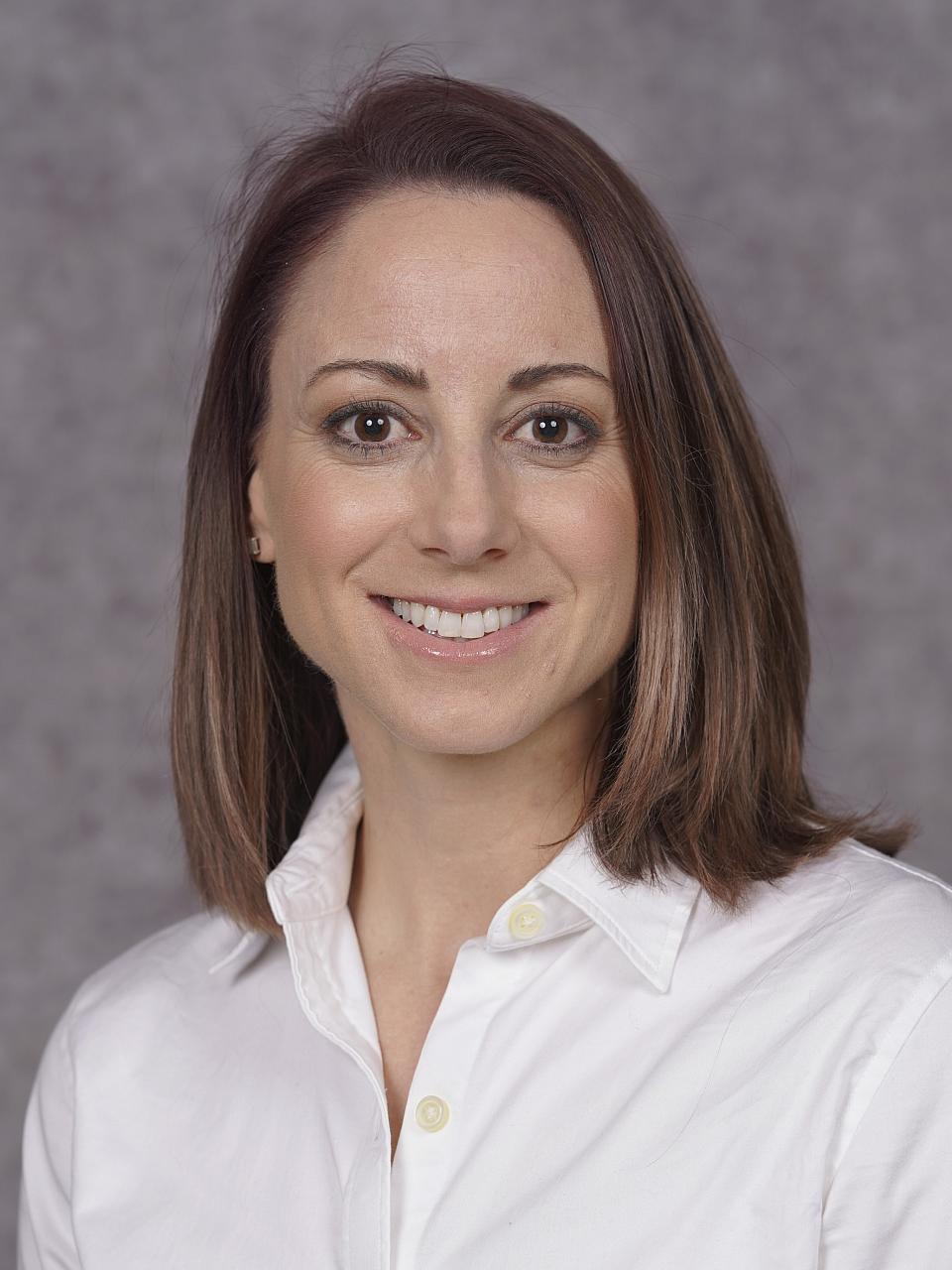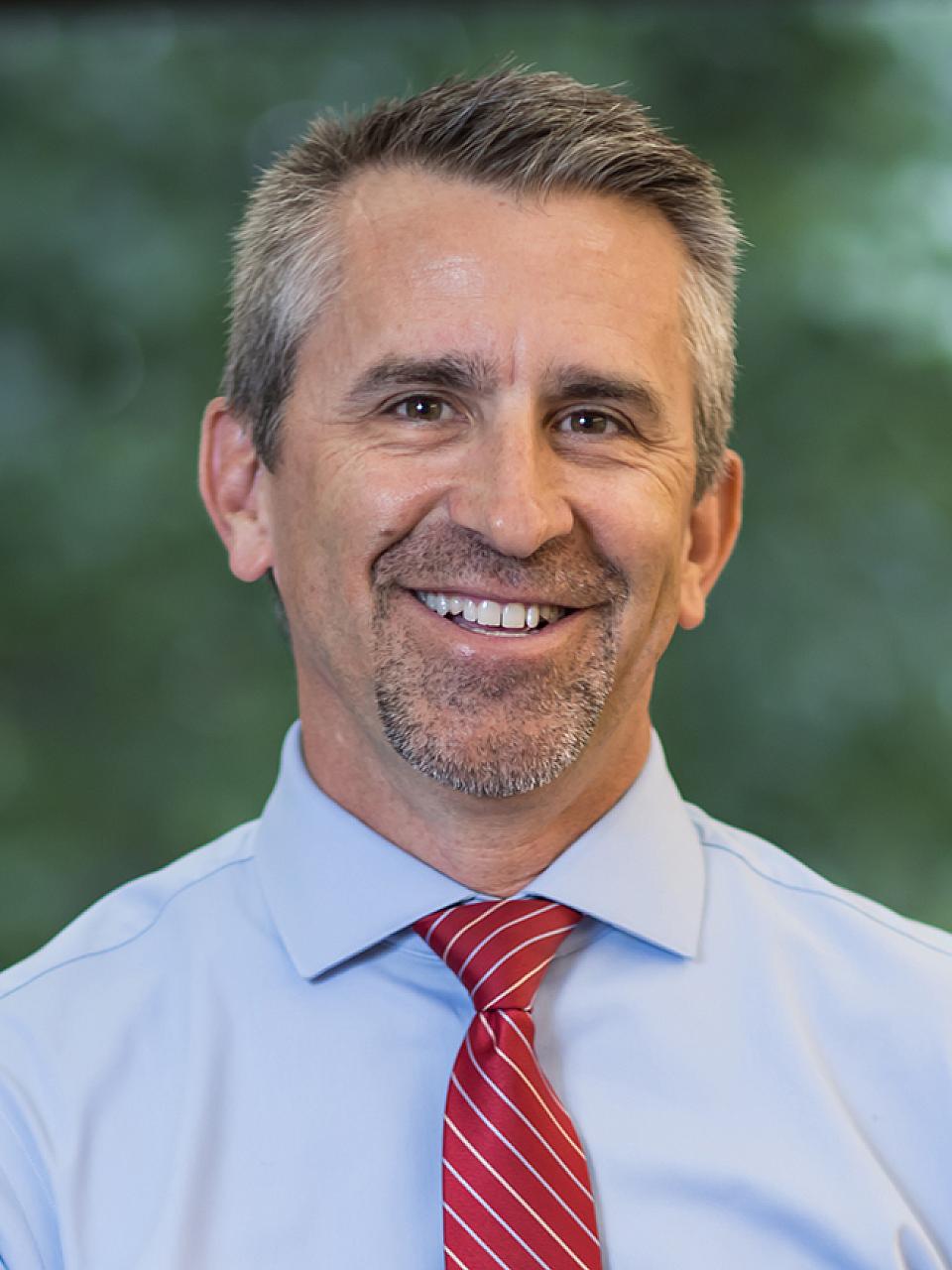Voices of U of U Health
Population Health Center: Improving Patient Outcomes and Reducing Cost
On October 12, 2023, the University of Utah and state representatives held a ribbon-cutting ceremony to celebrate the opening of the Population Health Center. Located in the Rose Park community of Salt Lake City, the center is a collaborative effort between the university, state, and community. Together, we are building a sustainable model of care tailored for those who need it most.
Think about seeking care for a health issue. What comes to mind?
Maybe you think of long lines at the emergency room or trying to understand expensive medical bills. Or maybe you dread the idea of searching for a provider who can see you when you need to be seen. You’re not alone.
Underlying Drivers of Health
Every day, people walk into hospitals looking for help. Many of them are living with conditions that health systems can’t fix—homelessness, racism, food insecurity, addiction, trauma, and poverty. These “drivers of health” have a profound impact on a person’s overall health and well-being.
The health system struggles to address these core drivers. When patients with complex medical, social, and psychological problems are seen, we do our best to treat them. But due to health system constraints, the results are less than ideal.
Underlying problems can remain unsolved. People seeking help with complex issues often receive care that leaves them fundamentally unchanged. This can lead to costly, avoidable acute episodes that bring patients to the ER or into our inpatient units.

A New Way of Caring for Our Community
How can health systems heal patient populations with these complex problems?
The answer is neither simple nor easy. At the Population Health Center, we are partnering with University of Utah Health Plans to transform care delivery. We are funding new care models through alternative payment methods. These alternatives put a new spin on incentives—shifting from “volume” to “value.” Care teams can then move upstream to address the drivers of health.
Our goal is to improve patient outcomes and experience while reducing overall cost of care for our patients and populations.
The Population Health Center represents a novel way of caring for our community—one equipped to treat not just the symptoms that are easy to see but the underlying problems that people face in a financially stable way.
Defining Novel Concepts
Defining population health can be tricky because it means different things to different people. For University of Utah Health, we use the following visual to reflect the key components of population health.

As the name implies, we are deliberate in the way we define a population. We consider factors like geographic location, medical conditions, care utilization patterns, age, race, and ethnicity. Being so specific helps us identify trends and differences in populations. Health disparities, or unmet health needs, often differentiate populations.
When we identify unmet health needs, we see if we can sustainably fill any gaps to improve outcomes. Then we develop our intervention and measure its impact based on improved health outcomes, not the number of patients we can see.
We follow a Plan Do Study Act framework to continuously improve interventions for each patient. Our novel integrated care and payment model aims to improve the overall health and well-being of the population.
Some other key concepts related to population health include:
Integrated health care – According to the American Psychological Association, integrated health care is “characterized by a high degree of collaboration and communication among health professionals. What makes integrated health care unique is the sharing of information among team members related to patient care and the establishment of a comprehensive treatment plan to address the biological, psychological, and social needs of the patient.”
Trauma-informed care – The Trauma-Informed Care Resource Center states that trauma-informed care “acknowledges that health care organizations and care teams need to have a complete picture of a patient’s life situation—past and present—in order to provide effective health care services with a healing orientation.”
Accountability – An obligation or willingness to accept responsibility or to account for one's actions. In the context of health care, accountability means taking responsibility for patients beyond just providing the service they are paying us to perform. We demonstrate a long-term willingness to mend their health in terms of addressing symptoms and overall healing.
Proving It Was Possible
The Population Health Center concept started with a single program called the Intensive Outpatient Clinic (IOC) in 2017. The IOC’s mission is to provide highly coordinated and integrated care for Medicaid members with complex mental and medical health problems that result in high utilization.
We want to provide integrated, personalized care for those living on the fringes of society. At the same time, the clinic significantly reduces emergency room and hospitalization visits, reducing the cost of care.

The IOC’s integrated care model has major benefits for patients and providers:
- Patients receive “whole-person” care that addresses components of their care historically delegated to other providers or sites of care (e.g. mental and oral health).
- Providers benefit by practicing in a mission-driven environment that connects to their purpose of serving patients.
- Staff can be shared among different programs leading to cost efficiencies.
The Population Health Center represents a big opportunity for population health at the University of Utah. We now have more space to grow new programs that embody the principles of population health: Better care, better outcomes, for less cost.
Rising to the Occasion
The choice to establish a Population Health Center in Rose Park had major upsides. Additional space allowed for expanded clinical and social service programs for the IOC’s growing patient population.
Additionally, the University of Utah School of Dentistry has served the community for more than two years with a dental clinic housed in in this building. The Rose Park Dental Clinic is a full-service dental clinic for insured, underinsured, and Medicaid patients. Dental students and their attending faculty work alongside practicing clinician dentists to improve oral health.
In a unique partnership between the clinical and dental programs, the Population Health Center offers unprecedented integrated care.
There were also challenges. Before it was the Population Health Center, the state operated a clinic in this space (Health Clinics of Utah) that was responsible for providing primary care for the surrounding community. This included providing more than 75% of Utah’s newcomer health care screenings—for refugees, asylum seekers, and parolees.
When U of U Health agreed to move into the space, the state stipulated that we take over the responsibility of screenings for the newcomer population and remain accessible to the existing primary care patient population regardless of insurance status.
In the spirit of the IOC, which never turns down a challenge, we accepted.

Opening the Flood Gates
What began as a simple change of location for the IOC grew into a host of new responsibilities. Integrated dental care and newcomer health services were just the beginning. To address the complex needs of our patient populations, we sought more ways to integrate and form partnerships with other U of U Health entities and community organizations.
Additional Health System Partners:
- In collaboration with the Spencer Fox Eccles School of Medicine, we opened the Rose Park Primary Care Clinic within the Population Health Center. No patient is turned away due to inability to pay. Medical students are on-site to learn all aspects of patient care in a highly supervised environment.
- The University of Utah Medical Group (UUMG) represents all the clinical affairs of U of U Health. As a sponsor of innovative system initiatives, UUMG is sponsoring the Population Health Center as a learning lab for care delivery transformation initiatives that can be scaled across the system.
Local Social Service Program Partners:
A growing list of community partners connects patients to resources for housing, substance use disorder treatment, transportation, education, translation services, legal services, employment, and more. These partners include:
- Behavioral Health Innovation and Dissemination Center for access to on-site mental health therapists.
- University Neighborhood Partners for ESL classes, daycare, computer education, and access to food and transport.
- The Utah Food Bank to eventually provide a food pharmacy within the clinic.
How It All Fits Together
The Population Health Center operates differently from most clinics. We seek to care for people that need the kind of care we can provide and build treatment plans to suit their needs. We integrate physical, oral, and mental health so that a person’s whole health is addressed.
When a patient first arrives, we take a full inventory of their circumstances. Physical health, including oral and mental health, is considered along with things like access to food and transportation.
Then, we schedule a return visit. When the patient returns, they may see several different providers. Sometimes there are surprises. We have already had situations where a person in a mental health visit mentions a toothache and gets to then sit down with a dentist that same day.
The clinic’s resources are flexible and available when the unexpected arises. Our goal is to be available for patients so they can openly tell us what’s wrong and let us help them.

Playing the Long Game
The Population Health Center is still proving that all these moving parts will work together.
In our partnership with U of U Health Plans, the Intensive Outpatient Clinic has demonstrated success in improving patient outcomes and experience while reducing total cost. Now, the goal is to keep working and keep building.
We imagine a future facility with everything a person struggling with life might need to get back on track. An inviting space should be easy to get to by car or bicycle, on foot, or via public transit. There is childcare for parents with appointments. Inside, providers treat physical, oral, and psychological ailments of all kinds, connected by open hallways and interdisciplinary teams. Community-based partners provide critical services a health care system can’t do by itself. These include job skill building, social connection, and peer support.
We picture a healthier, happier population and a brighter future for our community. We’re excited to continue our work at this new site and be a learning lab for care delivery transformation.


